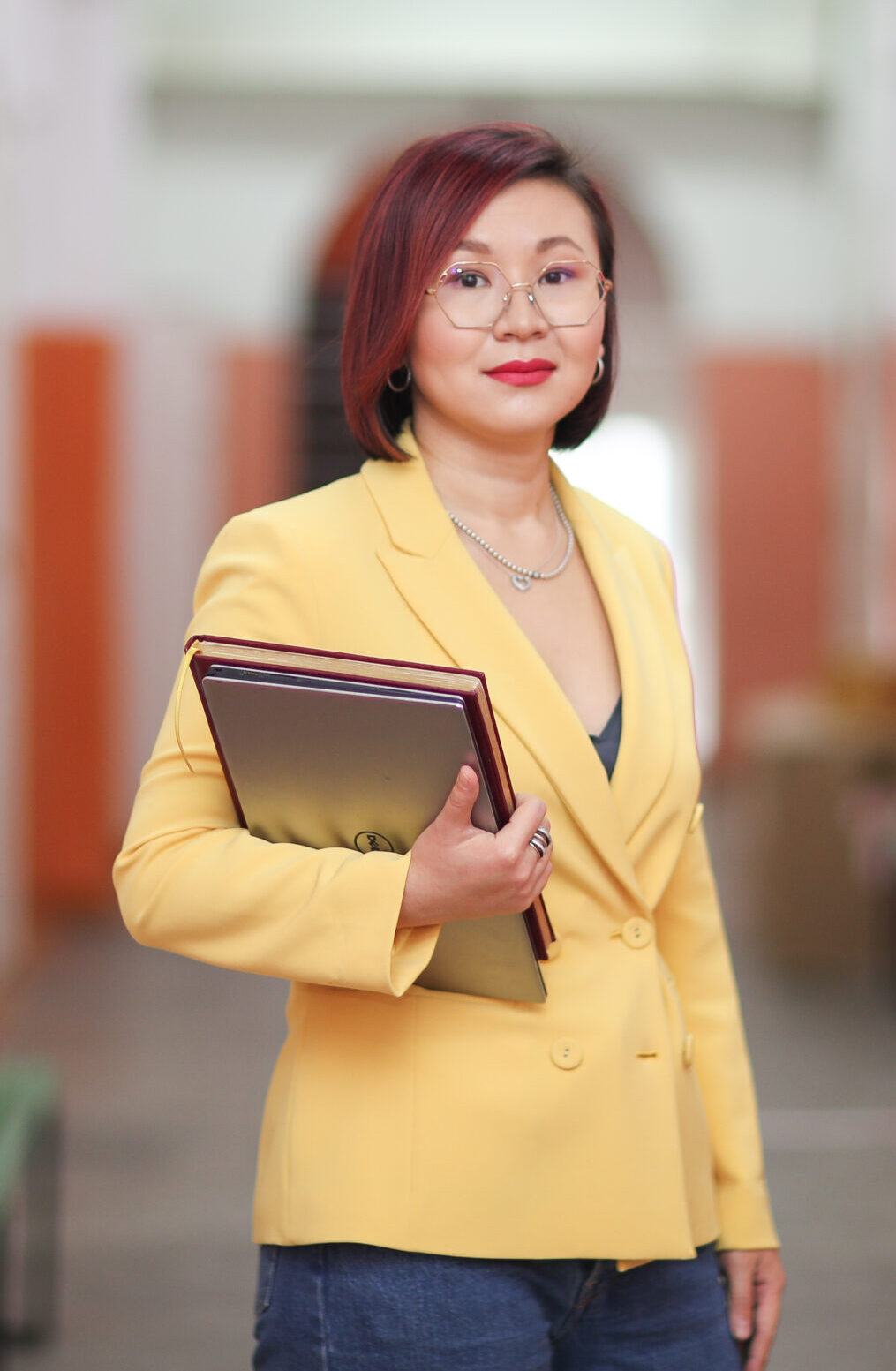GradImpact: Aiymgul Kerimray and Taking a Leading Role in Science Communication
Since Aiymgul Kerimray and her colleague Dr. Nassiba Baimatova started the “Air Quality Science” channel on Telegram back in December of 2019, she has tried to respond to the daily questions, emails and messages they receive on various topics related to air pollution.

Photo courtesy of Aiymgul Kerimray.
The inquiries come from fellow environmental experts, policy makers, environmental activists and people concerned about environmental issues. The channel has 893 subscribers and in July of 2021 they launched an Instagram page that now has 1,619 subscribers.
Kerimray says this is work she does in her free time when she’s not working. She wishes she had more time to dedicate to it because she feels that it is worth it to help everyone better understand the impacts of air pollution on our health.
“We try to publish the results of research studies in a simple and accessible form and make simple visualizations of the message we are trying to communicate,” Kerimray said. “It is difficult to quantify if we are having an impact, but responding to as many inquiries as I can is where I believe I have the most impact.”
Kerimray completed her PhD in 2018 in sustainable engineering at Nazarbayev University in the Republic of Kazakhstan, a CGS international member. Her research focused on quantitative assessment of pathways for reducing emissions in the residential neighborhoods in Kazakhstan.
The focus of her research was to provide technical and economical assessment of emissions reduction options in the residential sector by employing advanced modeling techniques. She also wanted to contribute to the development of modeling techniques by improving the representation of the residential sector by incorporating energy poverty and spatial detail.
Kerimray said she became interested in this topic due to a project she was involved in when she began her academic career at Nazarbayev University back in 2011.
“I joined the team working on energy systems analysis and modeling. At that time, I analyzed the statistics on energy consumption trends in Kazakhstan in various sectors,” Kerimray said. “It was surprising to me that the consumption of dirty fuel such as coal is very high in residential and power generation sectors.”
Kerimray says that at the time there were many studies dedicated to the analysis of the power generation sector, while studies of energy transition in the residential sector were lacking. For this reason, she decided to focus her studies on energy transition pathways for phasing out dirty fuels in the residential sector of Kazakhstan.
Kerimray is currently working as a scientist at the U.N. Environmental Program’s Copenhagen Climate Center based in Copenhagen, Denmark. She is conducting capacity building trainings on the Greenhouse Gas Abatement Cost Model (GACMO) model. This model is a greenhouse gas emissions projection tool that allows countries to quickly analyze how a variety of mitigation options impact emissions by comparing its costs and abatement potential.
Kerimray says that often “green technology” is perceived to be expensive, especially when compared to the cost of coal for fuel. But she says there are often hidden costs to using coal that aren’t being counted.
“The use of coal has an impact on the health of a population. There is an increased mortality and morbidity from various diseases related to coal use. This translates to the invisible costs for curing diseases, reduced productivity and higher days of sick leave,” Kerimray said. “So, accounting for those invisible costs should be conducted to compare the true costs of various technologies.”
Kerimray said that as a scientist, it’s vital to her mission to share her research to raise public awareness and contribute to informed decision-making. She said this is important because there is a lack of research and reliable information on environmental issues.
“It’s striking to me that there is a lot of misleading information and myths about air pollution, not only at the level of the general public but also among the decision makers,” Kerimray said. “In Kazakhstan, there is a lack of research on the environmental and health impact on the use of coal.”
For Kerimray, focusing on peer-reviewed research is important to helping create a better understanding and fighting misinformation on sustainable energy. To fight the misinformation and lack of understanding, she says it’s important for scientists to communicate their research in a variety of forms like at conferences and workshops but also with mass media and policy makers.
She also says that scientists must be able to talk about and promote their research on more accessible platforms like social media, to ensure they are reaching a broader audience.
“At the moment in Kazakhstan, there are not many scientific journalists who would read the research papers and communicate this knowledge to the general public,” Kerimray says of local media. “Hopefully, scientific journalism will evolve quickly so that the results of the scientific work will be more efficiently communicated to the public, contributing to the wider use of scientific results.
“Until then, sometimes scientists have to take a leading role in communicating their research findings to the general public.”
